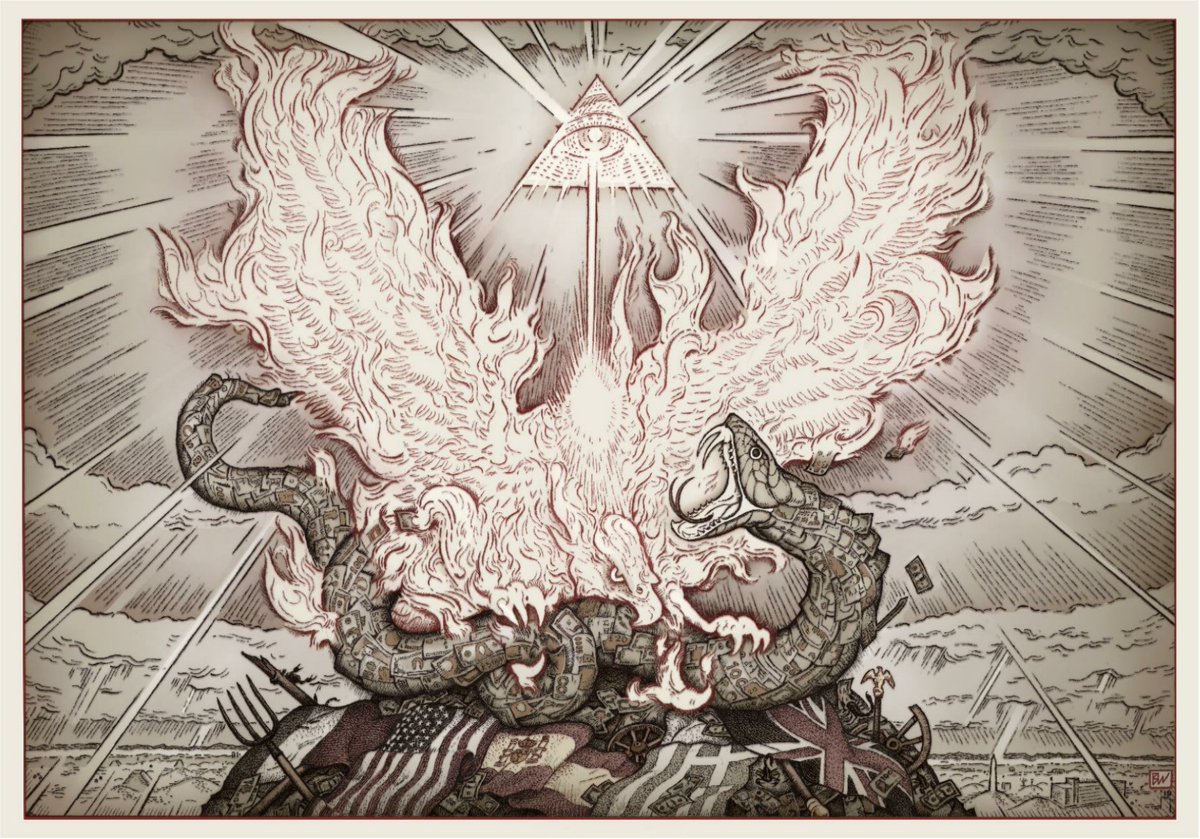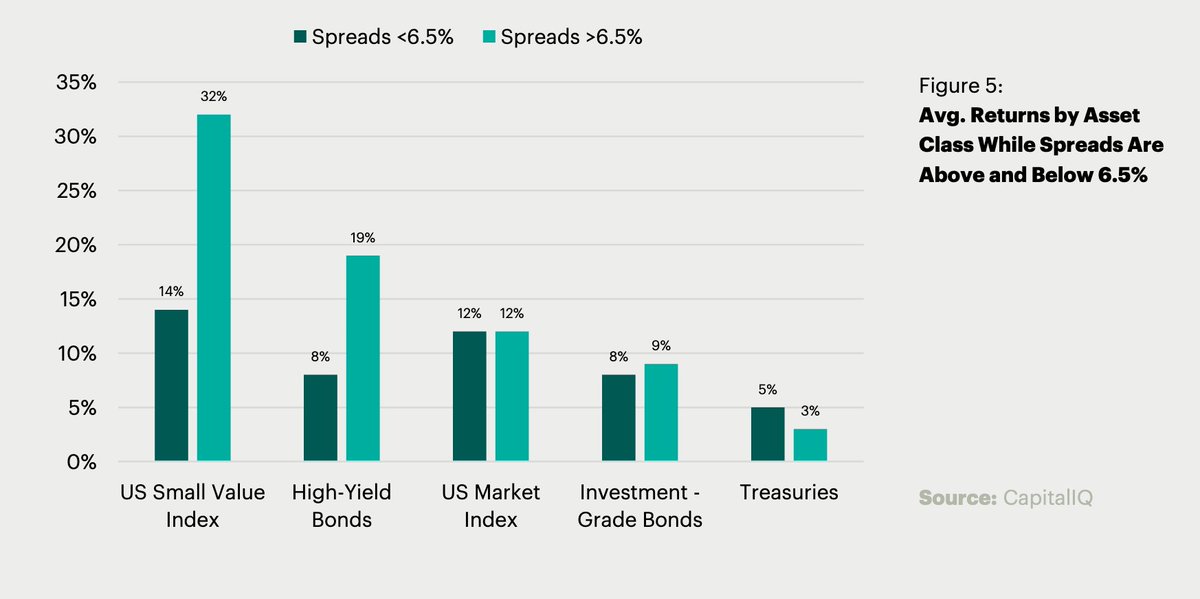
1/
Interesting little anec-data…
Taking current ARKK holdings...
I went back to 1/29 data and found implied vols for 100%, 90%, and 80% moneyness on top 15 holdings.
I also found ARKK’s IVs for 100%, 90%, and 80% moneyness
Interesting little anec-data…
Taking current ARKK holdings...
I went back to 1/29 data and found implied vols for 100%, 90%, and 80% moneyness on top 15 holdings.
I also found ARKK’s IVs for 100%, 90%, and 80% moneyness
3/
Here’s the weird part…
The implied correlation was basically flat (at around 62%).
In other words, the market was saying, “if this basket falls, we don’t think underlying correlations will go up."
Here’s the weird part…
The implied correlation was basically flat (at around 62%).
In other words, the market was saying, “if this basket falls, we don’t think underlying correlations will go up."
4/
Caveats: the ARKK basket weights clearly aren’t constant and I didn’t use the whole basket.
(h/t to @TheSpeculator0 for pointing this one out to me)
Caveats: the ARKK basket weights clearly aren’t constant and I didn’t use the whole basket.
(h/t to @TheSpeculator0 for pointing this one out to me)
5/
Further caveats: I didn’t even bother fitting curves here. I just used the IV of the nearest strike in BBG. I’m lazy. 🤷♂️
Further caveats: I didn’t even bother fitting curves here. I just used the IV of the nearest strike in BBG. I’m lazy. 🤷♂️
• • •
Missing some Tweet in this thread? You can try to
force a refresh








